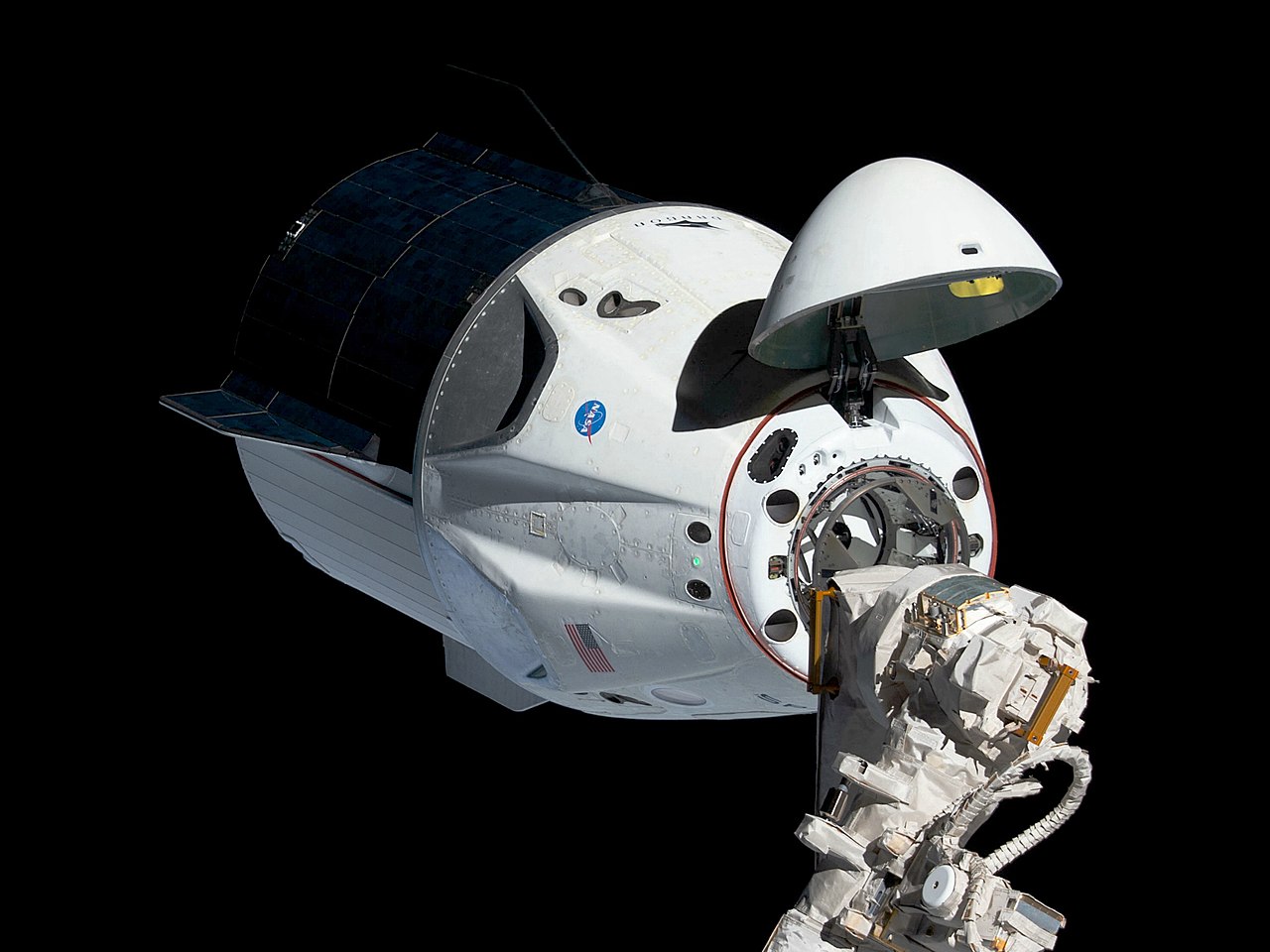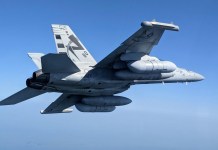The US Air Force’s Office of Scientific Research (AFOSR) successfully launched its Boundary Layer Transition and Turbulence (BOLT II) project onboard a two-stage sounding rocket on March 21 from NASA’s Wallops Test Flight Facility in Virginia.
The launch is aimed to help NASA scientists gain flight data on the difficulties of hypersonic flight after years of ground test data.
Hypersonic vehicles can fly much faster than passenger jets facilitating extreme high-speed flights that can drastically reduce the time of journey. A trip from New York to Paris will take just 90 minutes compared to the current 6-7 hours non-stop flight.
While several types of hypersonic vehicles already exist like SpaceX’s Dragon capsule and intercontinental ballistic missiles, hypersonic passenger aviation remains a dream.

Technical Challenges
Several airlines have plans to adopt jets capable of hypersonic speeds, however, technical challenges have been a major impediment to their development.
According to Scott Berry, NASA’s principal investigator for the roughness experiment for BOLT II, one of the “trickiest hypersonic problems is predicting something called the boundary layer transition location.”
When an aircraft is flying, the air meeting the leading edge of the vehicle sticks to the surface forming a thin layer around it, and is dragged along with the vehicle. This ‘boundary layer’ is important, as most of the heating happens here together with a significant portion of the drag forces that slows the vehicle.
This boundary layer increases in thickness along the vehicle’s length, in which the air near the leading edge of the vehicle exhibits smooth, ‘laminar’ flow consisting of layers of air flowing parallel to the surface which then transition to a violent ‘turbulent flow’ further downstream.
So, in the broad sense, the BOLT II project will help scientists predict the ‘location’ where the flow of air inside the boundary layer transitions from ‘laminar’ to ‘turbulent’ because turbulence is bad, as it greatly increases heat and drag.
“Turbulence can cause heat to evolve over almost the entire vehicle surface, and so now you’re having to worry about protecting internal electronics and things like that, from that heat, and being able to understand and predict the turbulence associated with the heating will help us design better hypersonic vehicles. Heat is the mother of all problems for hypersonics,” Dr. Sarah Popkin, who oversees BOLT II as AFOSR’s Program Officer for High-Speed Aerodynamics, said.

Need For New Designs
Not knowing where the flow will be turbulent can be a major drawback in vehicle designs making them inefficient or unfeasible due to uncertainties about heating and drag.
In the 1990s, Rockwell X-30, NASA’s planned hypersonic space-plane had to be canceled partly because of the inability to accurately predict its transition location.
Hypersonic flight is difficult to model accurately, because of the interplay of various physical effects that come into play at hypersonic speeds. So, to understand everything together, actual flight tests have to be conducted.
The first BOLT flight test was launched in June 2021 from the Esrange Space Center in northern Sweden. However, it failed due to problems with its rocket launch mechanism that prevented it from reaching hypersonic speeds.
The AFOSR said that everything they learned from the telemetry data of the first BOLT flight had been analyzed to avoid repeating the same fate for BOLT II and there was a lot of effort on flight stability in the design of the BOLT II flight system.
Chris James, an expert on Hypersonics from the University of Queensland explained that the BOLT II vehicle has a complex, swept geometry with a concave surface to represent a real hypersonic vehicle.
Each side of the vehicle is meant for a separate experiment, with one ‘smooth’ side and one ‘rough’ side, while the flow running length along the vehicle is 1 meter, a little larger than the original BOLT.
The planned speed for BOLT II’s ascent flight experiment was Mach 6 – 6 times the speed of sound – after which it would turn over in space and re-enter the atmosphere, before performing a descent experiment at the planned speed of Mach 5.5.
BOLT II is a fully autonomous vehicle with more than 400 sensors and instruments mounted onboard to capture data about the flow environment during the experiments.
“The aim is to produce complex, real-world data that engineers and scientists can use to improve their models for predicting transition on hypersonic vehicles,” wrote James in an article published by The Conversation.
The Launch was streamed live on the Wallops YouTube site and according to the coverage, the payload separated from the rocket and fell into the Atlantic Ocean as planned marking success.
Meanwhile, China has also been working towards realizing hypersonic travel. Space Transportation, a Chinese space company recently announced plans for a hypersonic plane capable of flying from Beijing to New York in an hour.
The plane is expected to fly at an astounding 7,000 miles per hour with tests planned next year and scientists anticipate that it will be ready for flight by 2024.
- Written by Tanmay Kadam/EurAsian Times Desk
- Contact the author at etdesk@eurasiantimes.com
- Follow EurAsian Times on Google News




